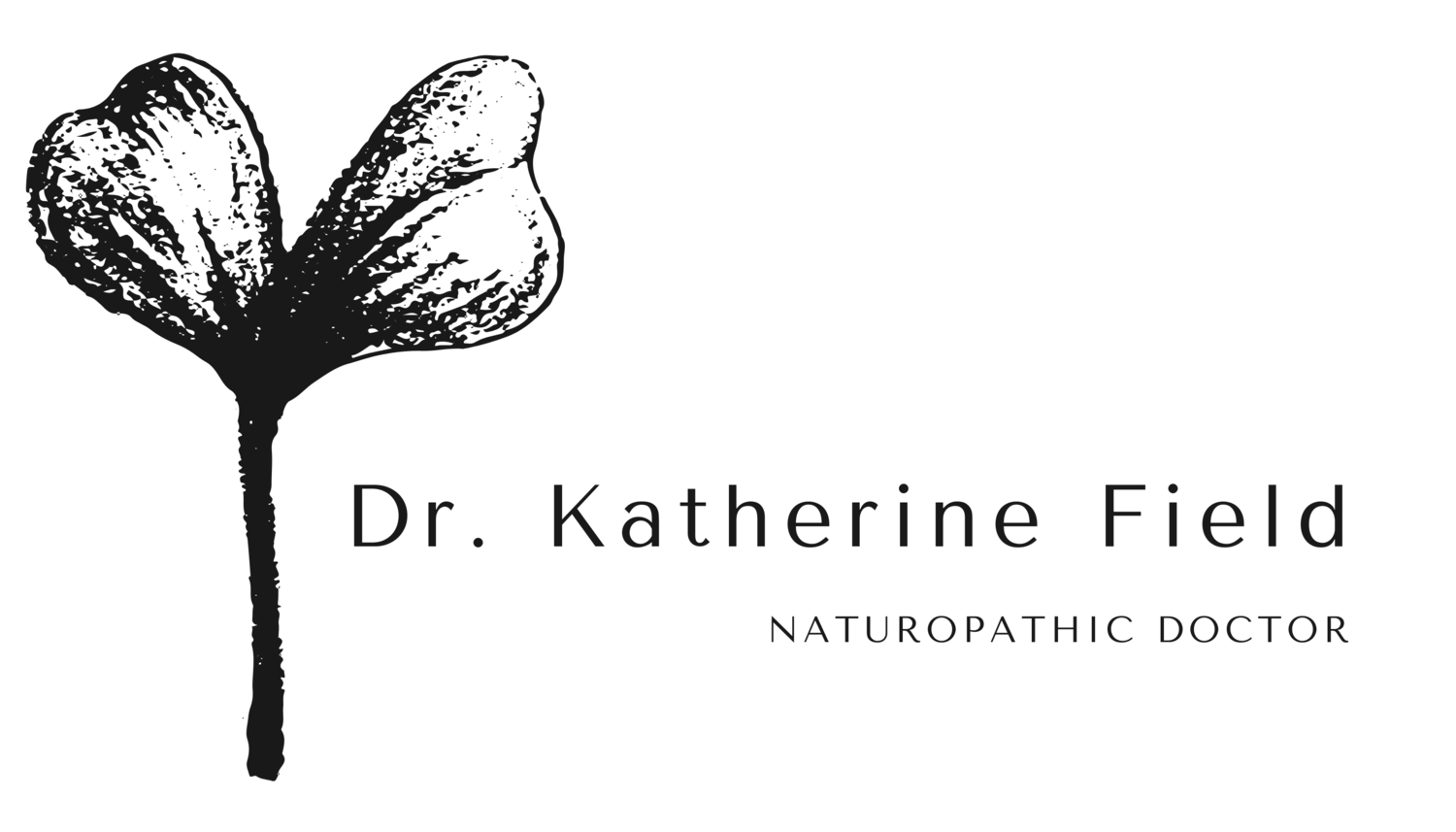Easy, delicious, time saving Tomato Sauce
/Written by Dr. Field
I have a confession to make. I don’t love cooking. Well, I should clarify. I like cooking, but I like to be efficient in the kitchen. I don’t love spending hours and hours in the kitchen, yet I love eating homemade, delicious and truly healthy food. What’s a Naturopathic doctor to do?
Make this tomato sauce.
I love this tomato sauce. Not only is it delicious and easy to make, but, and this is almost the best part, it saves me a ton of time in the kitchen through the rest of the week.
This recipe makes 3 L of sauce. I make it once per week and store it in the fridge in mason jars. It is very versatile and, with it ready to go in the fridge, I can quickly make multiple dinners and lunches through the week. Amazing!
Last night I added green beans, spooned it over baked yams and topped it with poached eggs and shaved Parmesan, which was delicious. It is also wonderful on noodles. My current favourite are the noodles made from legumes, but I also love the organic whole grain Kamut spaghetti noodles. Often times, I spoon it over steamed rice or quinoa (which you can also have ready made in the fridge making your meal almost instant). You can change which herbs you use or add more herbs to it once it’s re-heated to brighten up the sauce. While the sauce is great as is, you can make it even healthier by adding more vegetables, especially green vegetables as you reheat for your meal. Kale, snow or snap peas and green beans are all delicious additions.
Tomato Sauce:
3 onions chopped
6 cloves of garlic chopped
3 large (746 mL) cans of crushed tomatoes (try to make them organic and BPA free)
4 Tbs of tomato paste
2 Cups cooked chickpeas (You can use 1 Large can or 2 cups fresh cooked)
Big handful of fresh basil chopped
Big handful of fresh Italian parsley chopped
Sea salt to taste (1/2-1 tsp)
Heat pan on medium heat and then add cooking oil (more to come on this in another blog post)
As soon as oil is added, add onions and garlic and cook, stirring often, until translucent and starting to brown (about 10 minutes)
Add tomatoes, tomato paste and chickpeas and simmer for 30 minutes to meld flavours.
Turn off heat and stir in salt, basil and parsley
If eating some immediately for a meal, add some fresh veggies and enjoy.
Let the rest sit and allow to cool before filling mason jars.
Once cool, fill mason jars and store in fridge.
If you won’t eat the whole batch in a week, store in the freezer. If storing in mason jars, freeze overnight or at least 6 hours with the lids off and screw the lid on once the sauce is frozen. This prevents the mason jar from cracking. You can also freeze in freezer bags.
Happy cooking!
To book an appointment please call (250) 504-0090 or book online.





